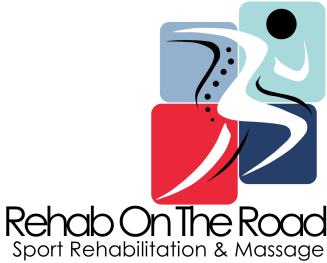Low back pain is a common experience for many people. In fact, approximately 80 percent of adults report having had low back pain at some point in their lives.
Pain in the lower back can be debilitating, and limit or prevent physical activity.
Mechanical/postural back pain may also be called acute low back pain. Acute low back pain is an episode of low back pain for less than 6 weeks, sub-acute low back pain between 6 and 12 weeks and chronic low back pain for 12 weeks or more.
Symptoms
Symptoms of mechanical back pain may vary depending on the severity. For some people, low back pain can be a mild ache that resolves quickly. But for others, it can be severe and debilitating, and require medical treatment.
Most commonly the pain is localized to the lower back. Other common symptoms of low back pain include:
- Pain that worsens with activity or at the end of a long day
- Difficulty bending or twisting your back
- Pain that extends into the buttocks or outer hip
- Many people may also experience spasms
- Symptoms are generally more noticeable with flexion
- Prolonged standing or sitting can cause low back pain
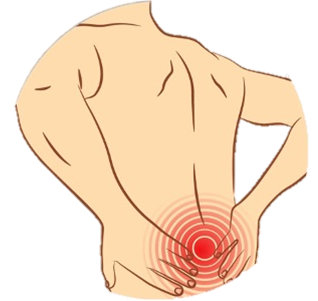
Causes
Mechanical pain is the general term that refers to any type of back pain caused by placing abnormal stress and strain on muscles and soft tissues of the vertebral column.
Typically, chronic mechanical pain results from bad habits, such as poor posture, poorly designed seating, and incorrect bending and lifting motions.
Sometimes, in acute low back pain a specific trauma or strenuous activity may cause the pain. However, 80% of the time, the specific source of the pain is not found
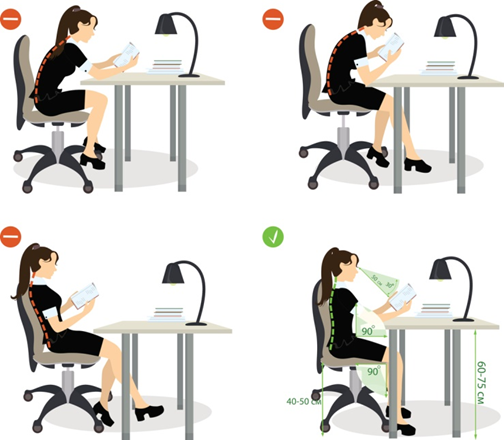
Anatomy
Knowing about the composition of the back helps to understand why back pain occurs. The spine provides structure to the back. It consists of 24 vertebrae that stack on top of each other to form the spinal column.
Between the vertebrae are discs which cushion these bones and give the back flexibility.
Inside this column is the spinal cord and other nerves which connect to the brain and muscles. The column extends from the neck (cervical) to the lower (lumbar) part of the back.
The muscles of the back are a group of strong, paired muscles that lie on the posterior aspect of the trunk. They provide movements of the spine, stability to the trunk, as well as the coordination between the movements of the limbs and trunk.
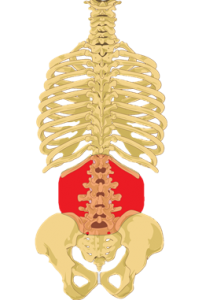
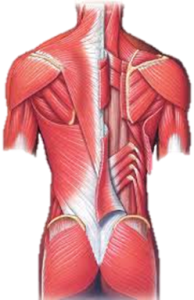
Treatment
Applying heat and ice alternately to the back is helpful to relax the muscles and decrease muscle inflammation. If you find that one application is more helpful than the other, then use only that application.
Non-steroidal anti-inflammatory drugs (NSAIDs) such as ibuprofen or naproxen are available without prescription and may be used to reduce pain. If there is a muscle spasm, a muscle relaxant may be prescribed for a short time (3 to 4 days).
Home exercise programs with the help of a Physical Therapist, early physical activity to promote rapid recovery from back pain. For moderate to mild back pain, some patients are encouraged to maintain a near-normal schedule from the onset.
Work on correcting muscle stiffness and weakness.
Advise on good posture/lifting technique and correct computer workstation set up.
Contact Me
Let's chat!
Need more information? Send me an email or drop me a line. I don’t bite!
- Charlotte@rehabontheroad.co.uk
- 07971448719
